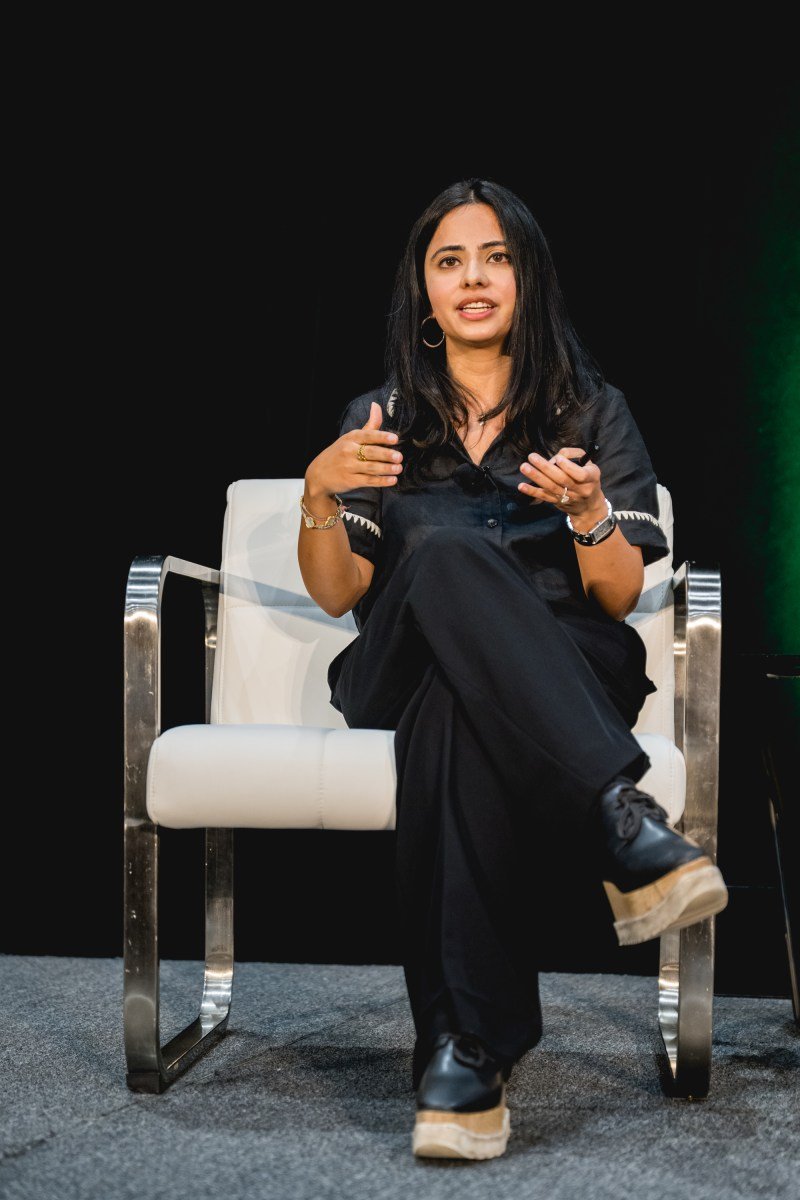The founders in the early phase simply cannot get away from the Tam-Conception, which has an overall addressable market to disrupt and conquer their launch. But the Ventures Jahanvi Partner has a comment for all founders who are afraid to find there for their product or service: many startups have emerged from the markets that they basically do not exist at the time.
“What was the market for searching before Google?” Sardana asked the audience at TechCrunch’s 2025 All Stage Event in Boston, which took place at the beginning of this month. “What was the market for operating systems before Microsoft or the cloud market in front of Amazon?”
Sardana compares there with surfing. Every few years there are founders of massive waves must ride – first the Internet came, then a mobile wave, then a cloud, and now said, the biggest wave of all: artificial intelligence.
“Did you shape the right product for driving this wave?” Continued. “That’s what we call the product market.”
In which bucket are you there?
Sardana there in three buckets: a well -known market, an developing market and an invisible market.
The first, known market already exists, and that is when the founder tries to replace the inheritance and must be the investor why their idea of running is better.
TechCrunch action
San Francisco
|
27.-29. October 2025
“Everyone is brushing their teeth,” she said. “You have to tell me why you build a better toothbrush.”
The developing market is when a certain market sector uses a product, and there is a potential to get into the mainstream.
“Think about soft beer before it happens,” Sardana said.
Then there is an invisible market that Sardana calls “the biggest trap” and “a little dark art”.
The market does not exist and the founder must basically create and provide investors with evidence of how innovative they can be.
“Think about smartphones in 2006; no one knew they wanted to change the world,” she said, adding that “people don’t know what they’re looking for, and sometimes you have to show them what it’s possible.”
The audience on all internships, many of whom are the founders of the early phase, peppered sardan with questions, especially about what investors want to see. For example, do investors want to see the slip there in the deck of the pitch?
“It’s okay to create this slip and talk about mathematics for your there,” Sardana said, although she added that Somits investors are angry when the founders rely too much on industrial metrics to have their own unique insight. Sardana also preferred the founders not to rely on industrial reports too much. If the founder is too dependent on an external service to dictate how to think about the market, he can tognize that they thought they thought about the market that was trying to build.
“How size there in the markets, especially in large markets?” One member of the audience asked.
“Well, it hurts a question,” Sardan joked. After all, the index will go to Airbnb once because he believed that his was too small.
“The fact is that Airbnb has created a brand new inventory, which is now larger than large hotel brands, and this has led to a major change in behavior as people travel,” she said, adding that they are difficult on the market. “You want to focus on what you are unlocking, and once you unlock the offer, how will it change behavior?”
The audience also asked Sardan what the company excels in an investor like her.
In Hard, Sardan said, the goal of really important. Finally, if the founder can understand who the customer is and that he is willing to buy his product, then the company would have no problem with investors, she added.
“We in business evaluate the founder more than markets or products or anything else,” she said. “When you talk about your market, it’s really a lens for your ambitions.”
(Tagstotranslate) all events
